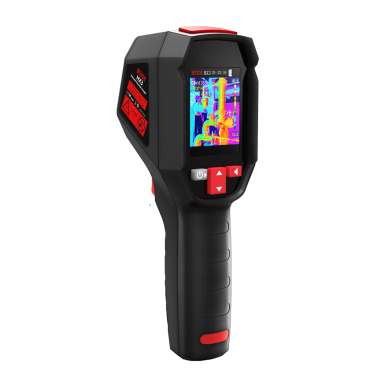
# Ear Thermometers: Accurate and Convenient Temperature Measurement
## Introduction to Ear Thermometers
Ear thermometers, also known as tympanic thermometers, have become increasingly popular in both medical settings and households. These innovative devices offer a quick, non-invasive way to measure body temperature by detecting infrared heat waves emitted from the eardrum.
## How Ear Thermometers Work
The Science Behind the Measurement
Ear thermometers utilize infrared technology to measure the thermal radiation coming from the tympanic membrane. This membrane shares blood supply with the hypothalamus, the body’s temperature control center, making it an excellent indicator of core body temperature.
Proper Usage Techniques
For accurate readings, it’s essential to:
- Gently pull the ear upward and backward (for adults) or straight back (for children) to straighten the ear canal
- Insert the thermometer probe snugly into the ear
- Press the measurement button and hold steady until the reading is complete
## Advantages of Ear Thermometers
Speed and Convenience
Most ear thermometers provide readings in just 1-3 seconds, making them ideal for restless children or when quick measurements are needed.
Hygienic and Non-invasive
Keyword: Ear Thermometers
Unlike oral or rectal thermometers, ear thermometers don’t require physical contact with mucous membranes, reducing the risk of cross-contamination.
Accuracy When Used Correctly
When positioned properly, ear thermometers can provide measurements comparable to rectal thermometers, which are considered the gold standard for core temperature measurement.
## Limitations and Considerations
Potential Sources of Error
Several factors can affect accuracy:
- Earwax buildup
- Improper probe placement
- Recent exposure to extreme temperatures
- Ear infections or abnormalities
Age Considerations
Most manufacturers recommend ear thermometers for children six months and older, as younger infants typically have smaller ear canals that may not accommodate the probe properly.
## Choosing the Right Ear Thermometer
When selecting an ear thermometer, consider:
- FDA clearance or equivalent certification in your country
- Memory function to track previous readings
- Backlit display for nighttime use
- Replaceable probe covers for hygiene
- Warranty and customer support options
## Conclusion
Ear thermometers offer a practical solution for temperature measurement, combining speed, convenience, and accuracy when used correctly. While they may not be suitable for every situation or age group, their benefits make them a valuable tool for home healthcare and clinical settings alike.
Always follow manufacturer instructions carefully and consult with a healthcare professional if you have concerns about temperature readings or your thermometer’s accuracy.
0 thoughts on “Ear Thermometers: Accurate and Convenient Temperature Measurement”